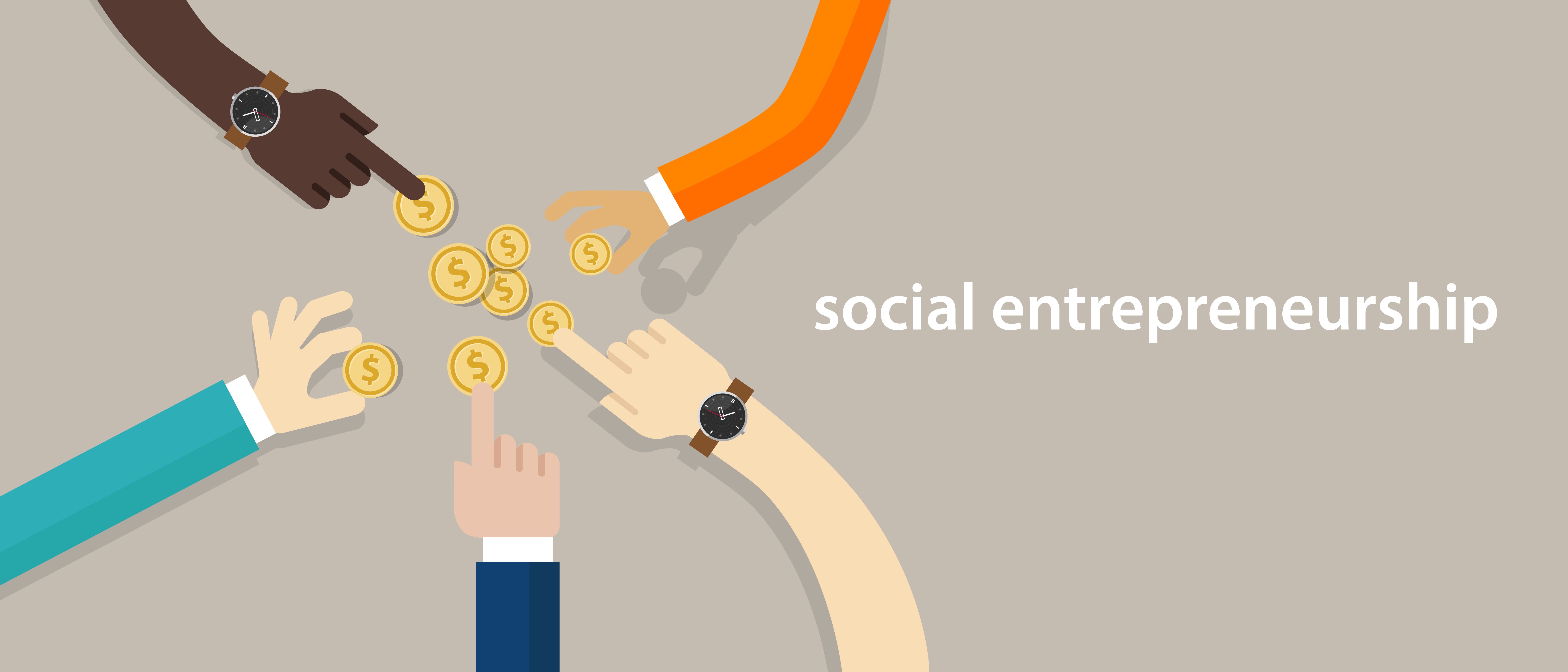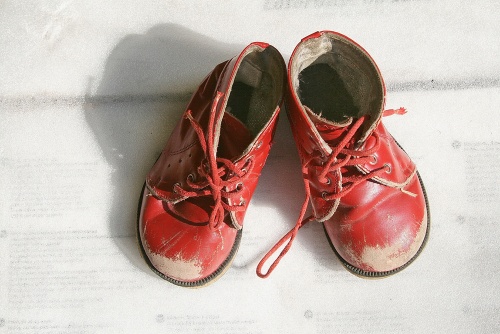Kathryn Lewis-Peacock’s Social Entrepreneur Series explores how these visionary entrepreneurs drive both social innovation and revenue through a commitment to contributing to their communities in a meaningful, sustainable way.
If there is one common theme in the work I do with people from the nonprofit world to those in the most aggressive corporate environments, it would come down to this sentiment:
“I want to do good in the world, but I also want to make money…What do I do?”

Most entrepreneurs are only thinking in the binary mindset of nonprofit service work versus for-profit capitalism. This is problematic, because it essentially sets up mission and money in a scarcity competition with each other:
On one side, there’s self-sacrificial philanthropy in the form of labor and low wages in the nonprofit world. On the other, there’s profit as the primary goal—at the expense of mission and philanthropy.
What if you could have both mission AND money? Enter the Social Entrepreneur!
What Is A Social Entrepreneur?
Simply put, a social entrepreneur (SE) is an entrepreneur with a social mission. Like any entrepreneur, the SE wants to make money. But for these folks, the cause or mission is just as important as making money. Notice that I didn’t say more important. We are not in the scarcity land where money and mission are in opposition. The social entrepreneur uses cause and mission to both serve mission AND make money. Let me say it another way in the form of a handy little equation:
|
People ask me all the time: “Why don’t I just make a ton of money and then donate to fantastic charities?” And my answer is always, “Great idea! Do that, too!” |
SE Revenue Model: Mission + Product –> Revenue + Cause Advancement
Social entrepreneurship uses cause branding and cause marketing to advance a mission that leads to MORE revenue. It does not compete for money; rather, it CREATES revenue and simultaneously advances your philanthropic cause. Mission + Product makes more revenue than Product can alone. Mission + Product serves your cause more than fundraising can alone.
There are many models for operating as a Social Entrepreneur. Toms Shoes donates a pair of shoes for every pair you buy. The C.A.R.E. Network has a membership community of real estate agents who contribute part of their commission to charity at every closing. Toms uses the donation of shoes to sell more shoes. C.A.R.E. Network agents use donations to local charities to get more real estate clients. In both instances, mission and product are unified in their goal.
Product and Mission
Mission and Product
Two sides of the same social entrepreneurial revenue coin

Both of these entities use the transaction to extract philanthropy. Revenue and mission are both served in the SAME action, which is, in this case, the transaction. The shoes sold and the real estate work performed are no different than other high-quality shoe companies or real estate services, but these companies sell more of their product and service through the branding and marketing of their mission. And, in the process, make a lot of money for their mission. In the exact moment of the capital transaction, children get shoes and local charities get money. All while the consumer does what they were going to do anyway…buy shoes or sell a house.
It is the WIN-WIN-WIN model. The mission wins. The entrepreneur wins. The consumer wins. Hooray!
How Is SE Different from Charity?
The distinction is easy to state and a little more complicated to fully understand and implement. People ask me all the time, “Why don’t I just make a ton of money and then donate to fantastic charities?” And my answer is always, “Great idea! Do that too!” You are never going to hear me tell you not to donate to charity. But, charity comes after revenue. Social entrepreneurship creates revenue. That is the essential distinction between charity and social entrepreneurship. Many companies donate to charity, but only a small fraction turn that action into social entrepreneurial ventures. Think of it this way:
REVENUE
(The central element to both social entrepreneurial action and charitable action.)
The Charity Model:
REVENUE + DONATION –> CHARITY
Here donation or philanthropy is dependent on revenue and does not impact revenue.
The Social Entrepreneurial Model:
PRODUCT + MISSION –> REVENUE
Here the mission to serve or the cause are used to directly increase revenue.
You can certainly have charitable donations as part of your social entrepreneurial venture. Most social entrepreneurs also donate money from the net revenue they generate. I suppose that looks something like this: Product + Mission –> Revenue + Cause Advancement + Donation –> Charity. However, even in this flow, mission comes before revenue and charity comes after.
I’m in! Where Do I Start?
Now you understand what a social entrepreneur does in the world and the revenue model they pursue. Now comes the fun part… pick your mission, pick your service, and pair them together. We’ll go more in depth into cause branding and marketing later in the series. But, generally, the most successful social entrepreneurial ventures have a logical and consistent link between their product and mission. Shoes for shoes, local charities supported through local real estate, food banks through food purchasing…you get the idea.
The real answer of where to start is to ask yourself a couple “simple” questions:
Who do I want to be in the world?
What do I want to do?
What cause do I want to serve?
Just by thinking about adding meaning to your work as a social entrepreneur, you have begun the journey to serve a cause and increase revenue. Join me for the next blogs in this series as we explore legal structures, cause branding, and cause marketing to implement your new social entrepreneurial vision.
Interested in honing your vision to grow revenue, serve a cause you care about, and enhance your life? We’d love to help you articulate that vision and offer you the tools and strategies to make it happen. Click the button below for a free assessment.